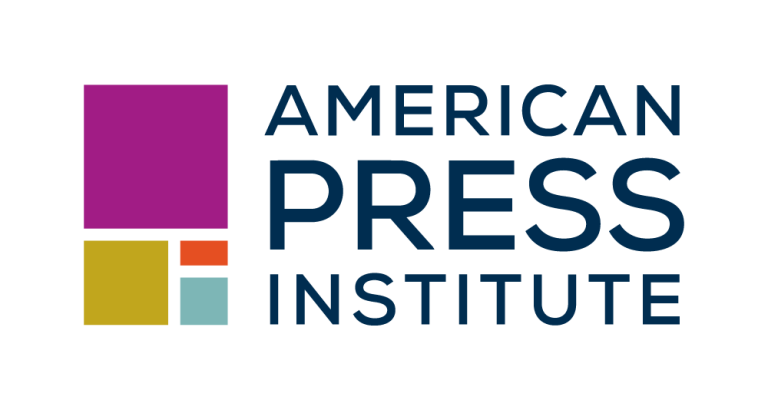Weekly Fiscal Facts are provided to Wisconsin Newspaper Association members by the Wisconsin Policy Forum, the state’s leading resource for nonpartisan state and local government research and civic education. The Wisconsin Policy Forum logo can be downloaded here.
The 2024 budget cycle finds Wisconsin’ largest school district, Milwaukee Public Schools (MPS), facing the challenges of declining student enrollment and the need to boost employee pay amid record inflation in a tight labor market.
Meanwhile the expiration of federal pandemic aid looms in 2025 and beyond, according to the Forum’s annual brief on the superintendent’s proposed budget for MPS. Adding more uncertainty to the mix are questions about how school finances may change under the state’s next two-year budget beginning July 1.
For the past two school years, the state provided no increase to the per-pupil revenue limits that cap key sources of school funding. Amid a record state surplus and inflation levels, Gov. Tony Evers wants to give schools very large state aid and revenue limit increases, but GOP lawmakers appear unlikely to agree to similar levels.
The most significant spending item in the budget is an 8% across-the-board salary increase for all MPS staff. According to budget officials, it adds about $50 million in salary costs next year. The increase may be necessary in light of high inflation and other recruitment and retention challenges but the budget documents fail to mention this proposal or explain its impact on the district’s growing fiscal challenges.
The pay increase is funded in part with an additional $22.7 million of budgeted savings from continued high numbers of vacant positions throughout 2024 (the district had more than 700 vacant teaching and support positions as of early May of this year). This is the second straight year that a huge vacancy adjustment has been a key budget-balancing tool. With the district’s pupil-teacher ratio now sitting at fewer than 14 students for each teacher, a reassessment of the district’s true staffing needs appears warranted.
MPS’ budget proposal assumes revenue limits would continue their current freeze into 2024; it budgets for MPS’ property tax levy to stay flat at $283.6 million while the largest form of state aid — equalization aids — would drop by $30.2 million. While these assumptions may prove conservative, they are appropriate from a budgeting standpoint and they illustrate what the future may hold if key revenue streams do not increase.
MPS’ five-year forecast indicates that the district may find itself no better off from a long-term financial perspective after its 2020 referendum phase-in than before the referendum’s adoption. The forecast relies upon a number of conservative assumptions that may change, but currently it projects a structural budget gap of $108.2 million in 2025, increasing to $218.8 million in 2028. These gaps are larger than those projected in last year’s forecast and the growth occurs even with the full phase-in of the $87 million in additional revenue limit capacity gained from the referendum.
Going forward, challenges for MPS will only escalate as it exhausts federal pandemic aid, responds to pandemic learning losses, competes for teachers in a tight labor market, and responds to enrollment challenges from declining birth rates and competition from other school sectors.
This information is a service of the Wisconsin Policy Forum, the state’s leading resource for nonpartisan state and local government research and civic education. Learn more at wispolicyforum.org.



